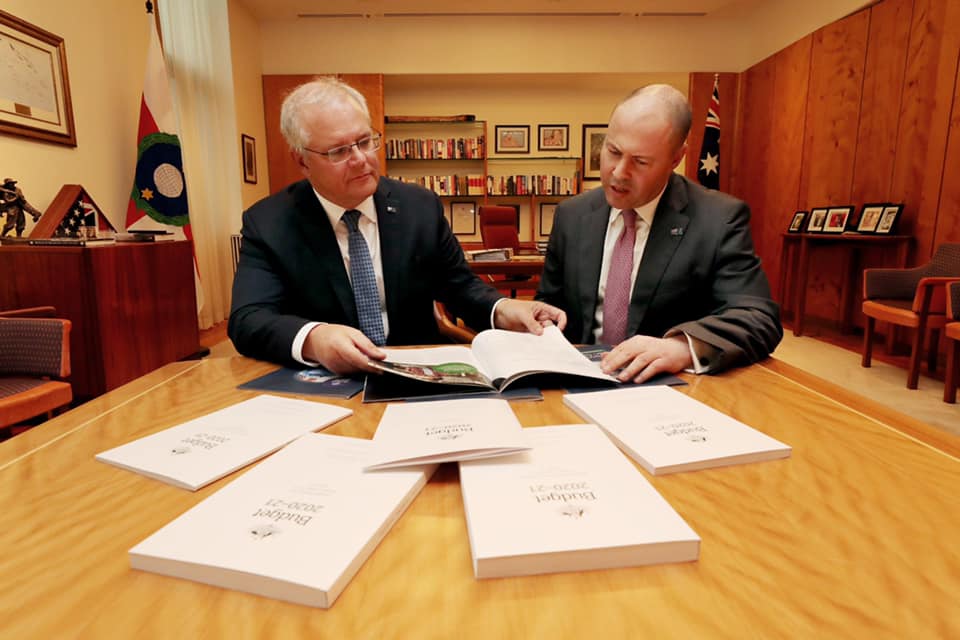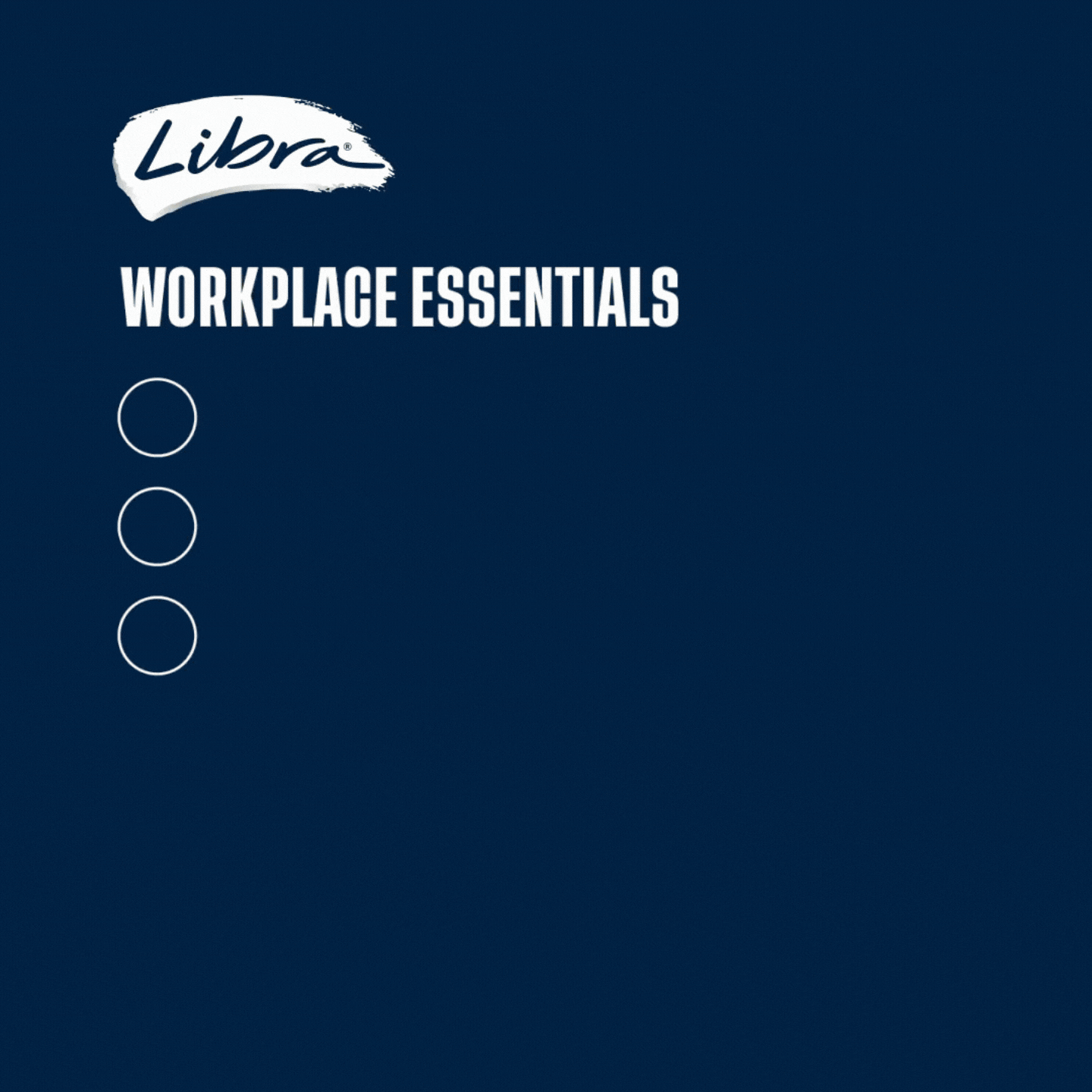Consider this. The country is facing the worst recession in three decades. The budget, to bring the nation through this unprecedented economic and social turmoil, is the biggest in history. More than $500 billion will be allocated.
Now this recession, triggered by a global pandemic, has hit 51% of the population particularly badly. On the frontline. In the economic fallout. At home.
Women have lost jobs and hours and income at a faster rate than men. Outside the workforce, women have also taken on two-thirds of the unpaid care work at home. This pandemic has made explicitly clear just how essential the jobs – paid and unpaid – that so many women perform are. Nurses. Cleaners. Teachers. Early educators. Aged carers.
These are among the jobs that have genuinely pulled Australians through this health crisis. These jobs that are woefully undervalued and underpaid despite being absolutely and utterly invaluable. The true extent to which our society is literally dependant upon the work women undertake has been laid bare and it’s compelling. That is one stark, immutable reality.
Another is that financial security is structurally far more difficult for Australian women to achieve than men. It is the reason that women aged over 55 are the fastest growing group of homeless people in Australia – and that was before COVID19 decimated women’s employment and an early raid on the already-limited super balances of women was facilitated.
That’s the backdrop. As well as the singular focus of the government for this history-making big-spending budget being to create and support jobs.
So how much, then, might you expect out of roughly $500 billion would be allocated to policies and initiatives designed to support the capacity of women to participate in paid work? To address the systemic and entrenched disadvantages that impede women from achieving financial security?
The woefully inadequate and truly shameful number is $240 million. As many clever economists quickly calculated on Tuesday night that amounts to one third of one percent of the entire budget. 0.038% to 51 percent of the population.
And that’s not even the worst of it. The $240 million is to be spent over five years.
It amounts to $40 per female worker, or $8 a year, until 2025. Consider that $26 billion is being allocated to allowing businesses to write off the value of assets. Or that $250 million is being spent on recycling. Or $61 million is being allocated to school chaplains.
Yet women, who comprise slightly more than half the population, who have carried Australia through this pandemic and have borne the brunt of the adverse financial implications get 0.0385% of its spend.
As Angela Priestley observed it is nothing short of insulting. The fact the Treasurer attempted to dress this minuscule contribution up as significant for women is galling.
Upon madly reading the budget speech as soon as it was published online on Tuesday night the only mention of women I found was a few sentences relating to $240 million in the ‘Women’s Economic Security Statement’. I desperately hoped I was mistaken. I wasn’t.
And if there was any remaining doubt about the total lack of sincerity and regard for women in Australia it came in the scramble to find a copy of the said ‘Women’s Economic Security Statement’. It wasn’t online with the budget papers and it wasn’t easily found, which is a pretty indicative of its significance.
Further proof of this government’s wilful ignorance of the economic reality for women in Australia isn’t needed, but the fact that the ‘Women’s Economic Security Statement’ was not even printed on official paper on the night is pretty telling.
After a host of messages and phone-calls I eventually obtained a copy and it confirmed my fears. It can only be described as tokenistic.
The foreword states five areas of focus:
• repair and rebuild women’s workforce participation and further close the
gender pay gap
• greater choice and flexibility for families to manage work and care
• support women as leaders and positive role models
• respond to the diverse needs of women
• support women to be safe at work and home
Now to meaningfully pursue any of these absolutely crucial objectives that would reduce gender inequity, the requisite policies and investment would have to be headline-making, front and centre, priorities in the Budget. As they should have been.
The issues identified above are significant and the suggestion that they could be even marginally improved by spending less than one percent of the entire Budget is absolute fantasy at best.
Women’s safety – at work and at home – would not be assisted even if every single dollar of the $240million was spent on it. It is deeply insulting to even suggest this contribution would help, and it’s devastating when you contemplate that demand for DV services, chronically underfunded and stretched even before COVID, has surged during this pandemic.
A government remotely concerned with supporting “job creation & entrepreneurialism” among women would invest in affordable, high-quality child care. Despite claims by the Treasurer that this Budget includes a ‘record’ spend on childcare, that is misleading. It flags that $9 billion will be spent on the childcare subsidy in the FY20-21 year, which is a modest increase from $8.3billion in FY19-20, and realistically reflects the CPI and population growth.
And the issue the Treasurer fails to address is whether record spending on a childcare subsidy is actually an effective use of tax payer funds.
Certainly over the past decade the government has spent many billions of dollars on early childhood education and care. But none of these additional dollars have changed the fact that Australian families still spend an exorbitant sum on childcare. That out of pocket childcare fees in Australia are some of the highest in the world. That it remains a key reason Australia’s female workforce participation is unusually low. That early educators remain woefully underpaid. That quality is not consistently delivered.
Spending more on a broken model that doesn’t deliver for families, children, educators or the economy, the way a universally-accessible high quality early education and care would is not a win. If it was it would have warranted more than a single mention in passing in this historic budget.
There is no escaping that this budget fails to deliver for women. Middle-aged and older women – already bearing an unforgivable burden for spending their lives caring for others – have been unanimously declared as losers in this budget. And that is truly shameful.


